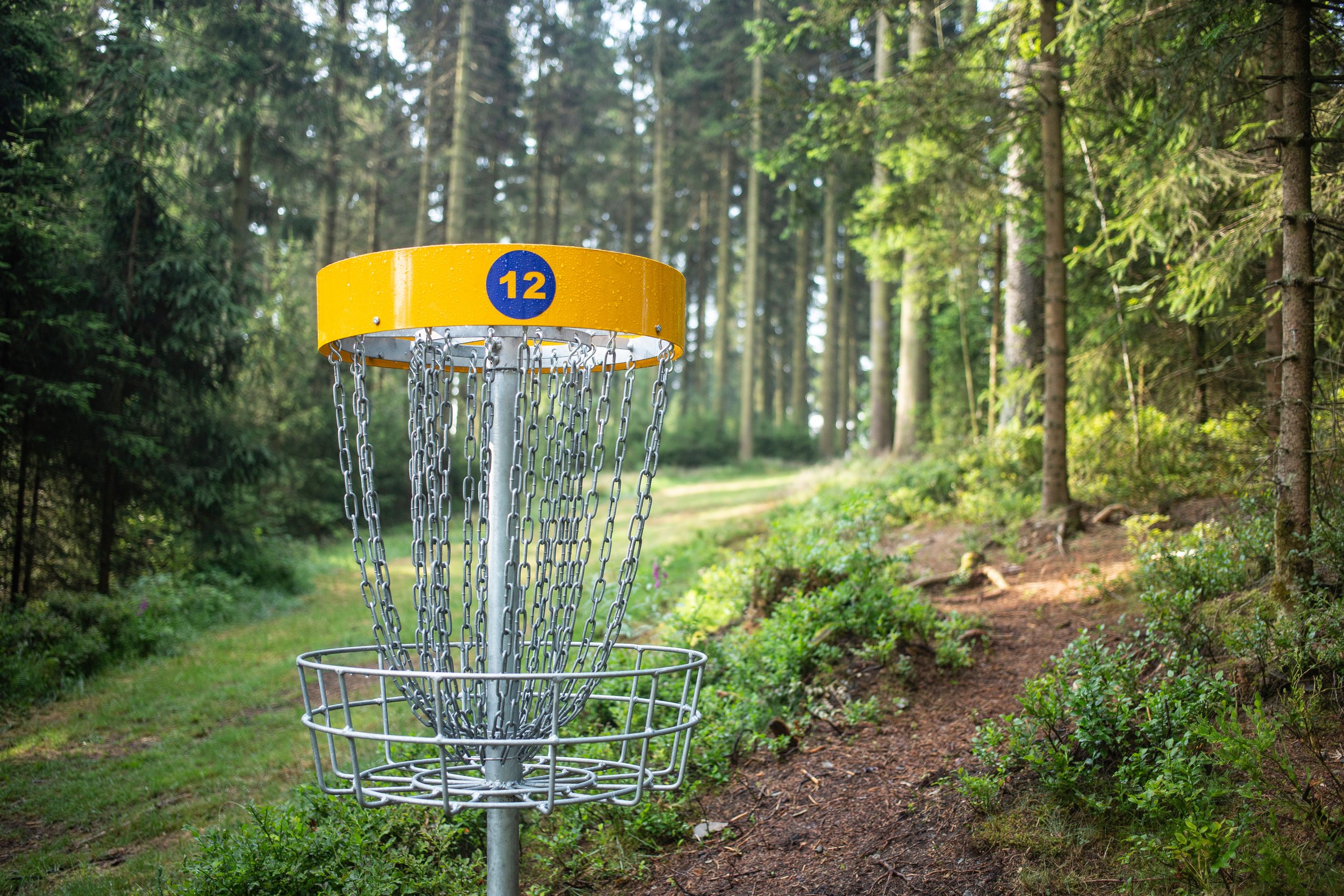Mastering The Power Of Bad For Disc Golf: A Psychological Approach to Enhance Performance
Introduction
Welcome back to our series, where we talk about the deep connections between psychology and disc golf to help you improve your game. In our last blog post, we talked about the powerful idea of the “Inner Game,” which is about the mental challenges and possible victories that are inside each of us. Today, we will continue by looking at the psychological phenomenon called “The Power of Bad.”
In this second blog of our series, we unravel the threads of negativity bias, a seemingly counterintuitive notion that can significantly impact our disc golf performance. We often perceive negativity as a hindrance, but what if we could harness this inherent bias to our advantage?
We talk about the ups and downs of negativity bias, how it applies to disc golf, and the different ways we can use it to improve our game. We will talk about how a deeper understanding of this powerful idea can help you become a better and more resilient disc golfer in the long run. Let us dive in and find the power in what we consider “bad.”
The Power Of Bad
Sports psychology is full of interesting ideas that often go unnoticed but have the power to make a big difference in a player’s game strategy and performance. An enlightening concept explored in the book “The Power of Bad” by John Tierney and Roy F. Baumeister is a common psychological phenomenon that seems to resonate across various sports, including disc golf. This universal human tendency is our inclination to avoid negatives or losses more than we strive to secure positives or gains. But how does this tendency translate to the world of disc golf?
In traditional golf, it is common for golfers to prioritize avoiding bogeys over chasing birdies, although statistics indicate that a more aggressive approach could improve their scores. The apprehension of making a mistake often overshadows the potential benefits of an ambitious play. The same bias permeates other sports like American football. For instance, NFL coaches opt to punt on fourth down more frequently than they statistically should, seemingly because they are more worried about explaining why an aggressive play failed to convert.
This seemingly adverse psychological phenomenon, known as loss aversion, is not confined to the sports arena. We observe it in our financial decisions, where the dread of loss typically outweighs the pleasure of gain. We fear losing what we already have more than we enjoy acquiring something of equivalent value.
In disc golf, this bias can manifest in various ways. Players may play it safe to avoid mistakes or penalties rather than pursuing ambitious throws that could lead to lower scores. They may choose to throw a less risky, comfortable disc rather than a more challenging one that could yield better results. Or perhaps they are more inclined to avoid a challenging route on a hole because they are wary of the potential obstacles.
This does not suggest that disc golfers should recklessly abandon all caution and dive headfirst into high-risk strategies. No, the essence of this exploration lies in the notion of calculated risks—those informed decisions, born out of a blend of experience, skill, intuition, and judgment, that carry the potential for significant rewards.
One crucial area where this risk-reward balance plays out for disc golfers is whether to “run a putt” or not. The reward is clear: a successful putt results in a lower score. The risk, however, is equally palpable: a missed attempt often leads to the disc landing far beyond the basket, potentially adding strokes to the scorecard.
So, should disc golfers run the putt or not? Here, the importance of taking calculated risks comes into play. Players need to assess various factors: their current score, the wind conditions, their proficiency with putts, the terrain around the basket, and so on. If the potential reward—landing a successful putt—outweighs the risk, running the putt could very well be the optimal strategy.
For this approach to work, you must change your thinking and accept the negative bias instead of just ignoring it. It tells players to use the power of the “bad” to their own benefit. Realizing the risks and facing them head-on can help you develop new strategies, improve your skills, and even get excited about the game again.
Also, it is important to know that taking calculated risks does not always lead to success immediately. But every attempt, successful or not, offers an invaluable learning opportunity, contributing to the continuous improvement of one’s game.
How can we leverage the understanding of “the power of bad” to improve our disc golf game?
Link to The Power of Bad: How the Negativity Effect Rules Us and How We Can Rule It
by John Tierney, Roy F. Baumeister
Action Points
#1 Action Point: Acknowledge Your Bias
The first step in getting rid of a psychological bias is to realize that you have one. Realize that your fear of making mistakes or encountering problems could stop you from playing your best. As a player, trying to avoid bad things is natural, but that might not always be the best thing to do.
#2 Action Point: Embrace Risk
Realize that in sports, as in life, success often requires a certain degree of risk. Do not avoid pursuing ambitious throws, choosing challenging discs, or exploring tricky routes. Remember that these choices may seem risky but could help your game.
#3 Action Point: Learn from Failure
If a risky plan does not work out as planned, do not consider it a loss. Instead, see it as a chance to learn and get better. Each failure brings you a step closer to understanding your weaknesses and enhancing your game.
#4 Action Point: Balanced Approach
While embracing risk and playing aggressively is essential, maintaining a balanced approach is equally important. Understand the course, know your strengths, and make informed decisions. Sometimes, the smart play might be to avoid a high-risk strategy.
#5 Action Point: Reframe Your Mindset
Lastly, and most importantly, work on reframing your mindset. Instead of focusing on avoiding negatives, concentrate on the potential positives. When faced with a challenging shot, do not just consider the risks involved but consider the rewards that could come from successfully executing the shot.
Summary
Our natural inclination towards avoiding losses may be hardwired, but we can overcome this bias and leverage it to improve our disc golf performance with conscious effort and awareness. So, remember these insights from “The Power of Bad” the next time you hit the course. Accept your biases, take risks, learn from your mistakes, keep a balanced approach, and, most importantly, change your way of thinking so you can focus on the good things that could happen. By doing this, you will not only improve your disc golf game, but you will also have a more fun and rewarding time on the course. Disc golf is not just about getting the lowest score, though. It is also about learning, growing, and having fun.

